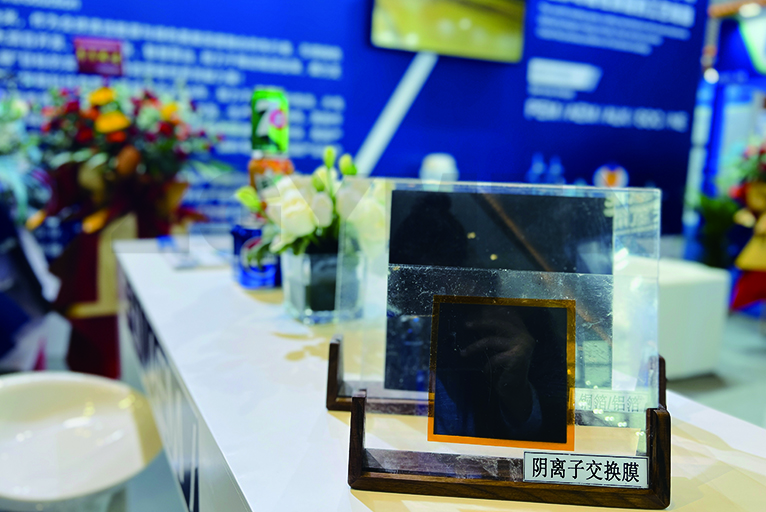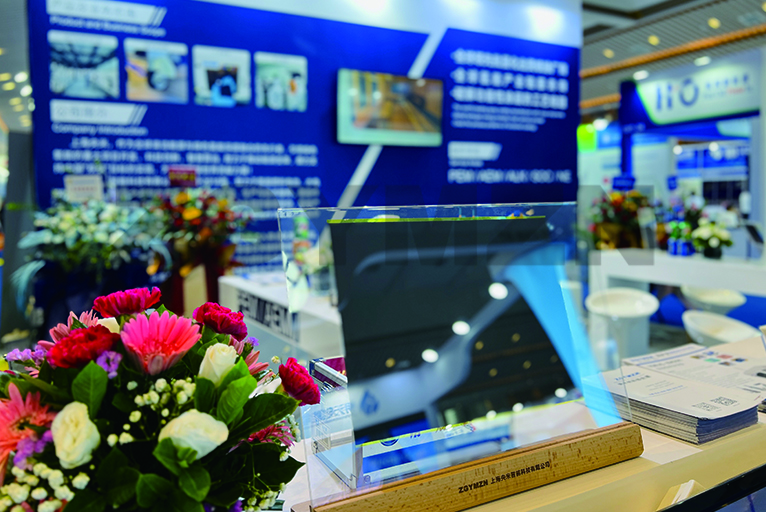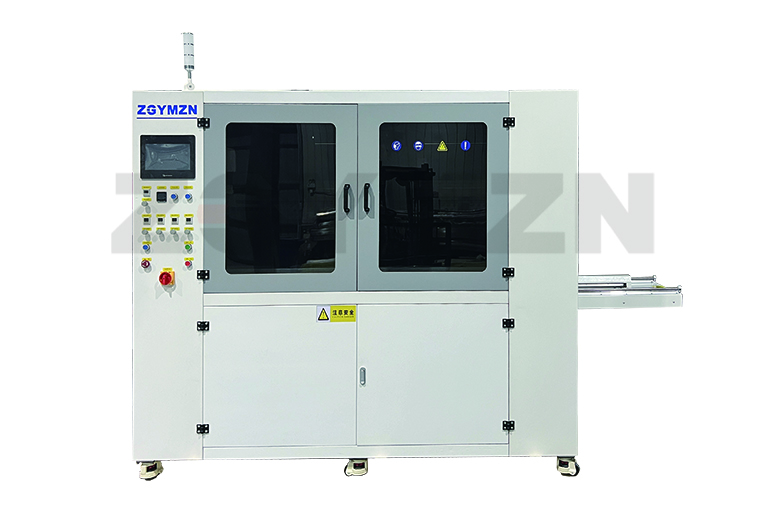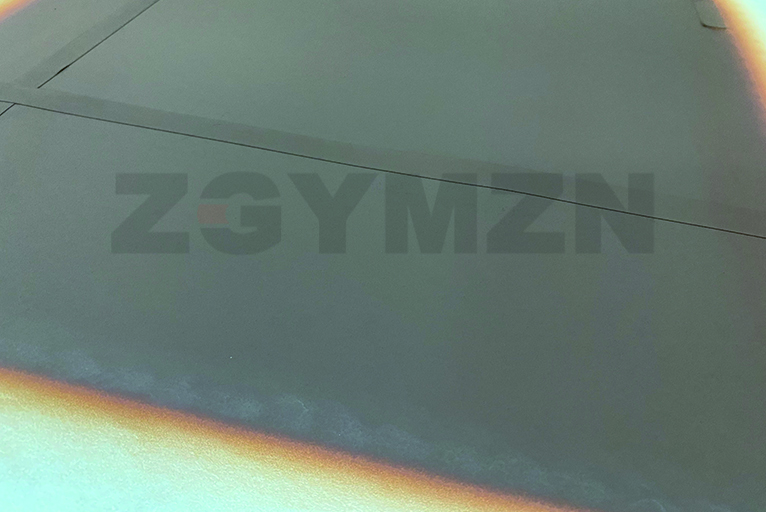google-site-verification: google0228a1feb97d321e.html
google-site-verification: google0228a1feb97d321e.html
google-site-verification: google0228a1feb97d321e.html
google-site-verification: google0228a1feb97d321e.html
google-site-verification: google0228a1feb97d321e.html
google-site-verification: google0228a1feb97d321e.html
Proton exchange membrane/anion exchange membrane coating preparation——ultrasonic spraying
When alkaline electrolyzers were hot, PEM and AEM technologies had quietly emerged, especially AEM technology, which was increasingly showing a trend of latecomers catching up. Following the alkaline electrolyzer and PEM electrolyzer technologies, the direction of water electrolysis hydrogen production equipment technology seemed to have turned to AEM electrolyzers.
AEM technology, also known as "anion exchange membrane water electrolysis hydrogen production technology", is an emerging low-temperature water electrolysis hydrogen production technology based on membrane electrode (MEA) design. The advantage of the AEM technology route is that AEM hydrogen production technology started early and can be traced back to the 1980s. Hydrogen energy equipment is that the AEM hydrogen production technology of various countries in the world is at a relatively uniform level, and the difference in technology iteration within the industry is not obvious.


In recent years, Shanghai Yangmi ultrasonic spraying equipment has helped the development of the hydrogen energy industry and developed large-area spraying equipment that can spray 1200*1200mm thin film products, greatly improving the efficiency and quality of preparing thin film coatings, and providing stable technology and services for the AEM hydrogen production industry.


Differences between AEM and PEM hydrogen production
1. Differences in membrane materials: PEM electrolyzers use proton exchange membranes; AEM electrolyzers use anion exchange membranes.
2. Selection of electrolyte: PEM electrolyzers usually use pure water or low-concentration acidic solutions as electrolytes; AEM electrolyzers are more flexible and can use dilute alkaline solutions or pure water as electrolytes.
3. Catalyst characteristics: The catalyst of the PEM electrolyzer needs to be resistant to acidic environments. Platinum (Pt) is often used at the cathode to catalyze the hydrogen evolution reaction (HER), and iridium (Ir) oxide is used at the anode to catalyze the oxygen evolution reaction (OER); AEM electrolyzers can use non-precious metal catalysts in alkaline environments, which helps reduce costs.
4. Application potential analysis: PEM electrolyzers are suitable for applications that require high-purity hydrogen, such as fuel cell hydrogen sources. AEM electrolyzers have great potential in large-scale renewable energy hydrogen production due to their low cost and easy coupling with renewable energy.
In the green electricity scenario, the hydrogen production system faces the problem of frequent start-stop and large power volatility. At present, AEM technology can provide excellent volatility hedging performance at a price lower than PEM, but the system life is relatively short. In fact, whether it is AEM or PEM, its life span has not met the basic requirements for commercialization. This is a difficult problem that global AEM manufacturers need to break through together. Shanghai Yangmi Ultrasonic Spraying Equipment is one of the best. It has become a leading enterprise in the field of domestic hydrogen energy products, providing core equipment products and services to many first-line companies in the entire industry chain of hydrogen fuel cells and water electrolysis hydrogen production.